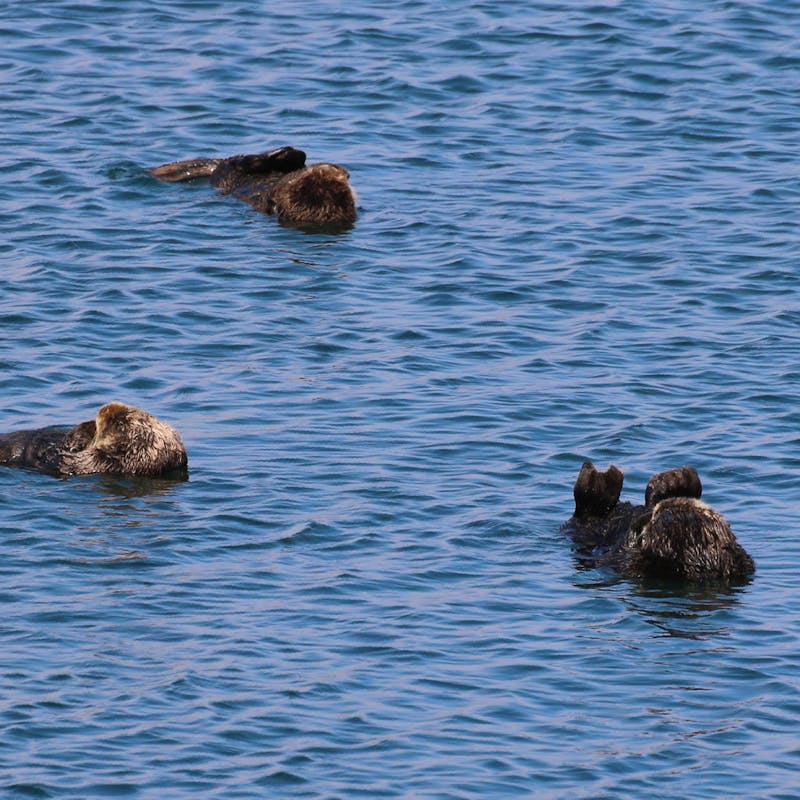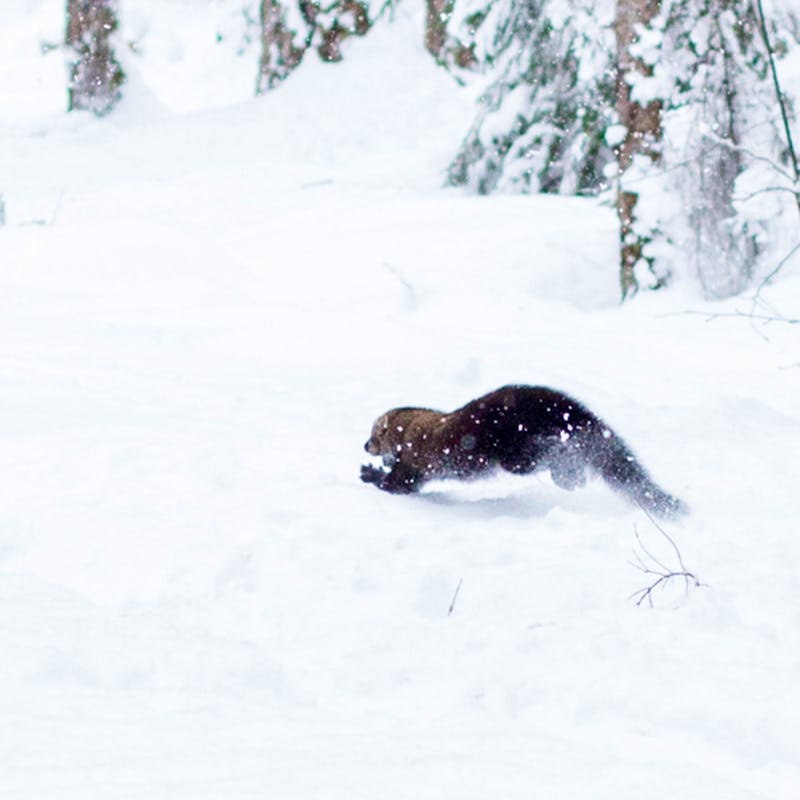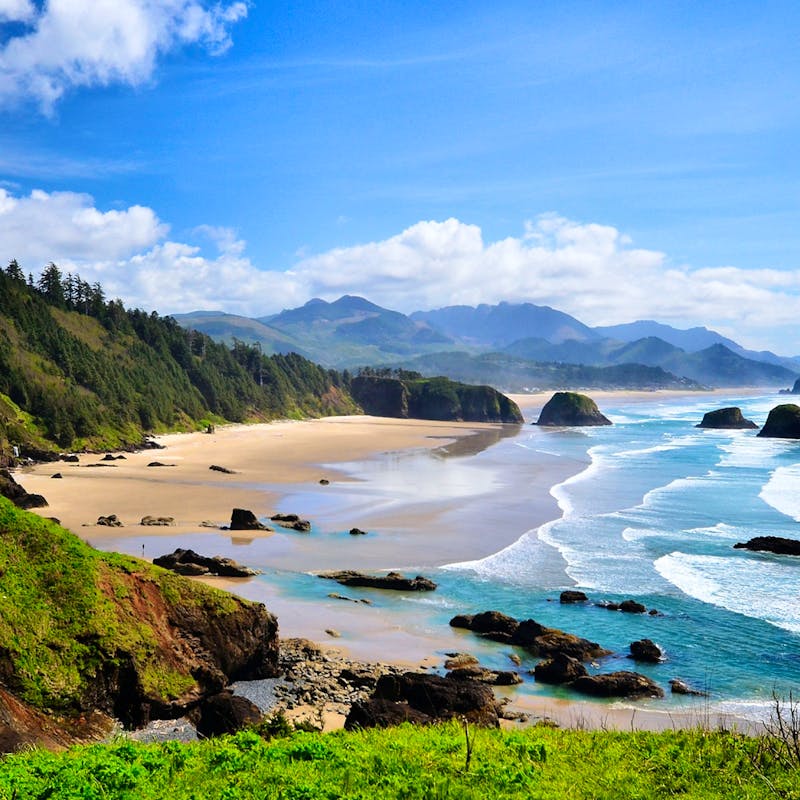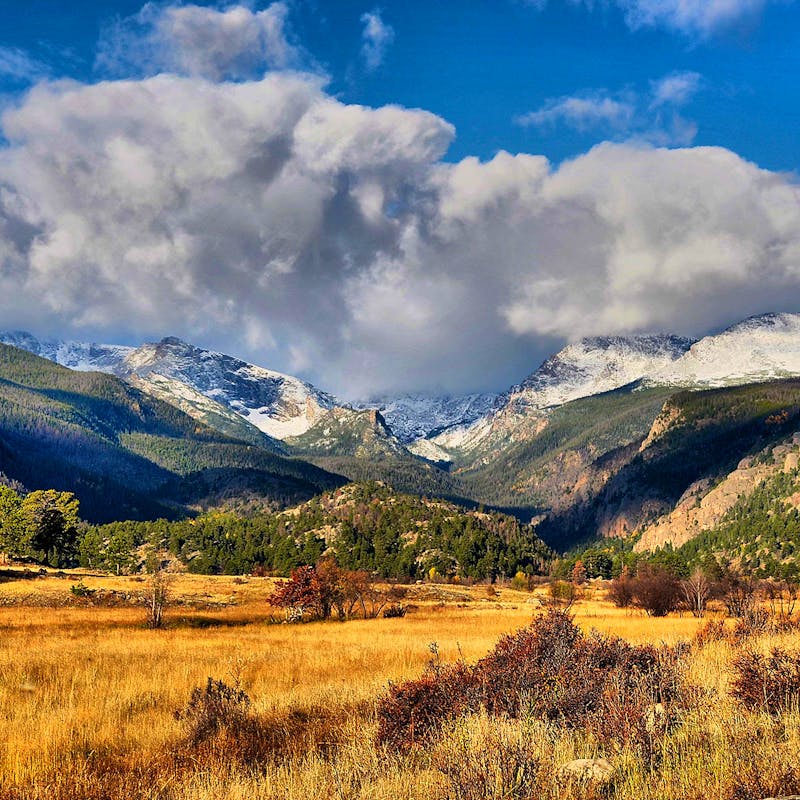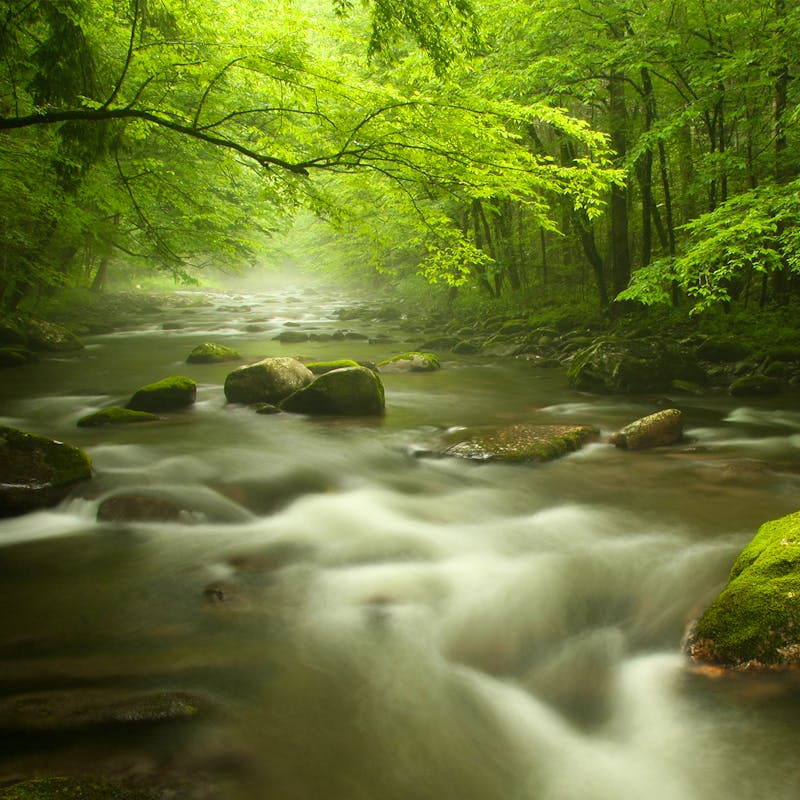California’s picturesque landscape stretches from its iconic beaches to the majestic redwoods, from the sand-swept Mojave Desert to the Sierra Nevada’s snowcapped peaks.
California has more native species than any other state in the U.S. and has the greatest number of endemic species that don’t occur anywhere else in the world.
California’s Central Valley is 430 miles long, situated between the Sierra Nevada and the Coast Ranges and once contained millions of acres of wetlands. The Sacramento and San Joaquin Rivers converge into the San Francisco Bay through the extensive Sacramento-San Joaquin Delta. Situated between the Great Basin Desert and Colorado subdivision of the Sonoran Desert, the Mojave is considered the smallest of the continent’s deserts.
Tucked down in the southeastern corner of California’s desert is its largest inland waterbody – the Salton Sea – a key stopover for millions of migratory birds. California is also well-known for its coast and connection to the Pacific Ocean, with important coastal habitat, vast kelp forests and open ocean.
Defenders' Impact
Defenders is working to ensure aquatic, marine and terrestrial ecosystems throughout California remain safe and vibrant for imperiled species. We are advocating for the development of renewable energy policies that protect wildlife and their natural habitats by directing the siting of projects and transmission lines on lands identified as appropriate for development while keeping California on track with its clean energy goals.
We partner with the U.S. Forest Service and other stakeholders to reduce wildfire risk, enhance fish and wildlife habitats, and maintain and improve water quality in California’s forests. We've worked with the Bureau of Land Management and other partners to develop a 10-million-acre land management plan (Desert Renewable Energy Conservation Plan) focused on conserving desert lands for the benefit of desert tortoise, Mohave ground squirrel and bighorn sheep.
We sit on the Central Valley Joint Venture, a partnership among conservation organizations like Defenders and state and federal agencies that work together to make sure wildlife refuges like the San Luis National Wildlife Refuge receive enough water to support the wildlife that depend upon wetland habitats. We are also proud co-founders of the California Rangeland Conservation Coalition, which works to protect privately owned rangelands in the Central Valley and inner coastal ranges and all their associated habitats—grasslands, oak woodlands and savannahs, and vernal pools. In northern California, we help landowners and ranchers alleviate and reduce conflict with wolves and bears using innovative and proven coexistence tools and strategies.

California Blog Posts

Contact Us
P.O. Box 401
Folsom, CA 95763
United States
Read More About California
News

Senate Introduces Damaging Senate Version of House Passed ‘Fix Our Forests Act’
Where We Work







